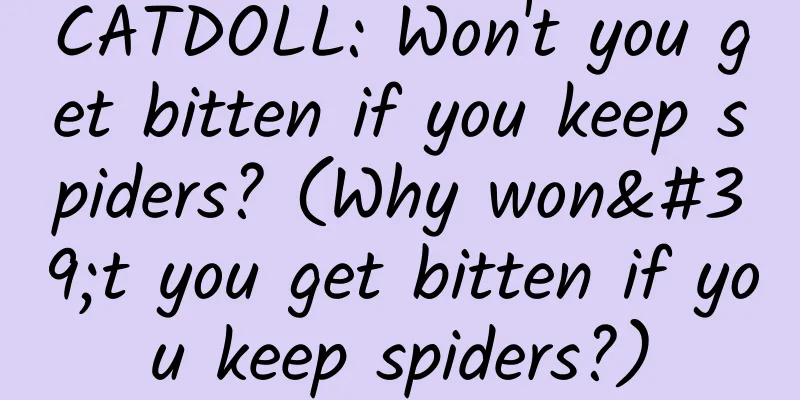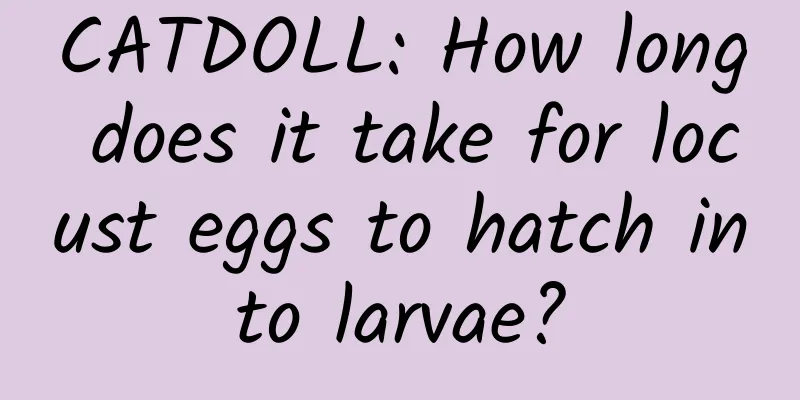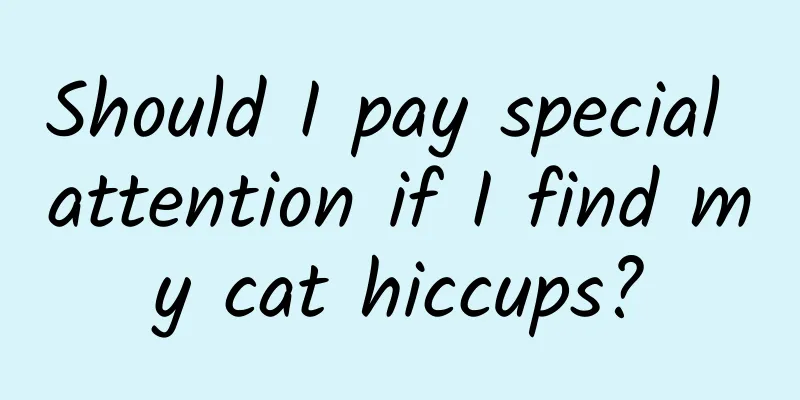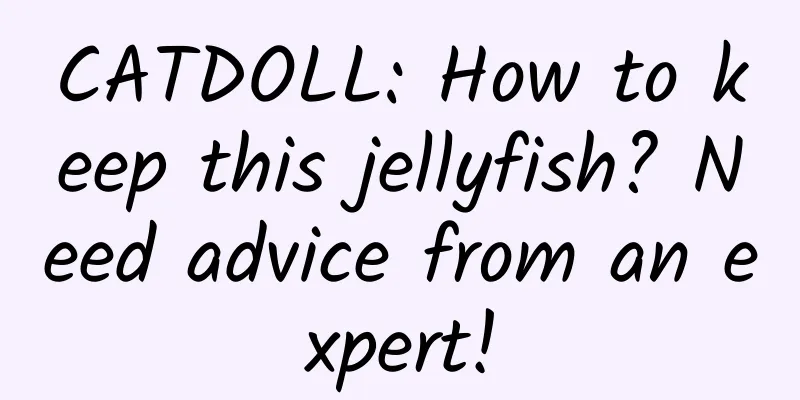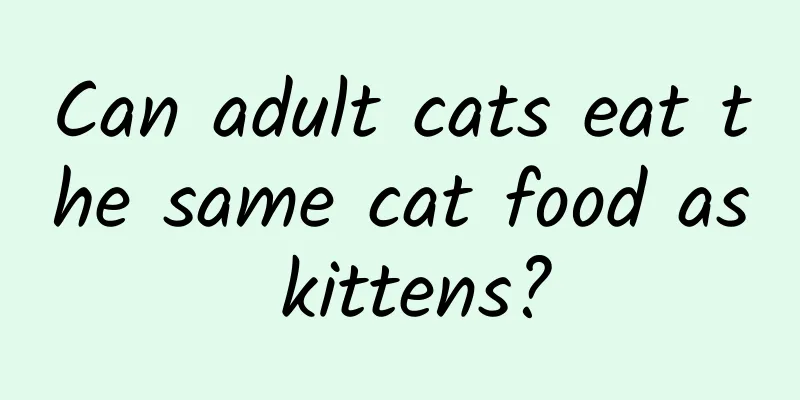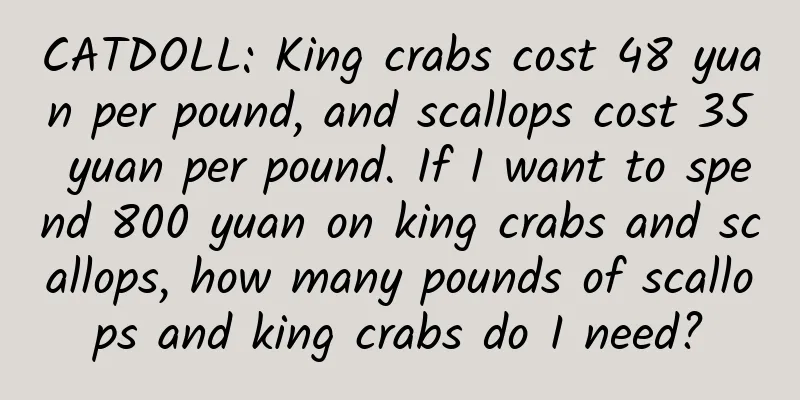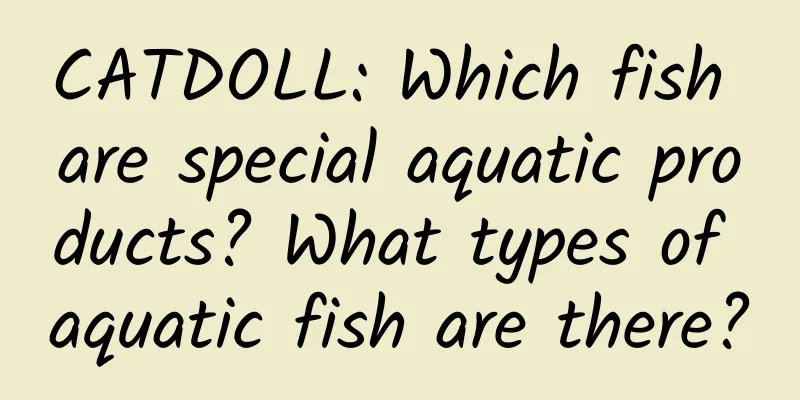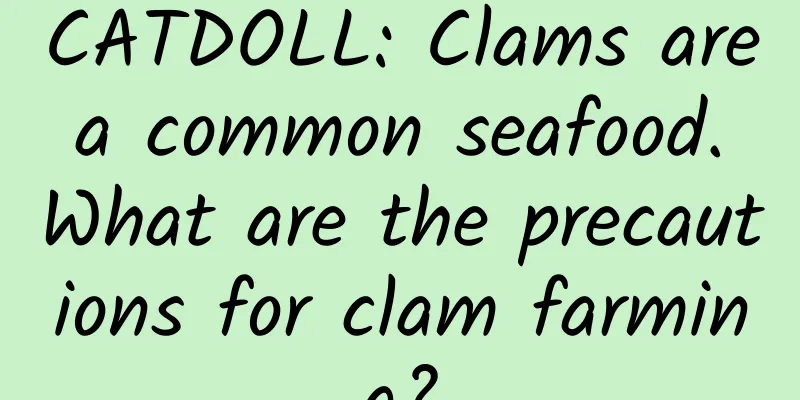CATDOLL : CATDOLL: What are the methods and tools for collecting ants?

1. What are the methods and tools for collecting ants?Collection methods and tools used: There are many different methods and tools for collecting ants. You should be flexible, choose and innovate. For ants that build nests on trees, you can use plastic bags or nylon bags to directly remove the ant nests you find or cut off the tree branches with the nests, quickly put them into the prepared bags, and send them to the breeding room or breeding site. For ants that build nests underground, you can use food bait, ant traps, poking ant holes and other methods to collect ants. (1) Food luring This is a method of collecting ants in a manpower-saving and time-saving way. It is a method of trapping based on the living habits and foraging habits of ants. According to the activity season, living environment, activity time and foraging habits of ants, set up traps, such as large-mouthed earthenware jars, canning bottles or wide-mouthed bottles with smooth interiors. Put roasted rice bran, wheat bran, bean cakes and other spices as bait in the above containers. Bury the containers in places where ants often appear and move. The mouth of the container should be flush with the ground. Then cover it with straw, wheat straw or hay. When ants go out to forage, they smell the fragrance and crawl in to eat and fall into the jar. Because the inner wall of the jar is smooth, they cannot escape (as shown in Figure 5-1). When the queen ant also enters, the food can be poured into other containers and sent to the breeding room. The trap can continue to be used. (2) Attractor Take a bamboo tube, break open the section at one end, and keep the section at the other end. Pour some cake crumbs, honey, sugar solution or other food that ants like into the bamboo tube, and it will become an ant attractor. When collecting ants, place the ant attractor near the ant nest or where ants often move. When there are many ants in the ant attractor, collect them in a smooth container. When the queen ant is lured, send them to the breeding room together. This method is simple, but time-consuming and requires people to stay by the attractor. (3) Poke the ant holes. Place a few pieces of plastic sheets around the ant holes and poke the holes with a stick. The ants will rush out as if a bomb has exploded. When they climb onto the plastic sheets, they will quickly gather together. When you catch the queen ant, send it to the breeding room together. (4) Digging up ant nests In summer and autumn, dig up ant nests at grass roots, tree stumps or shady slopes and collect ants. If you find ant eggs, do not grab them with your hands to prevent them from bursting and leaking sticky substances. Instead, use a spoon to gently take them out and send them to the breeding room in one piece. 2. Methods of catching and killing antsThere are many ways to kill ants, such as: 1. Detergent and water solution. Mix detergent and water in a ratio of 1:2 to make a solution. When you see a line of ants, spray the solution and the ants will suffocate and die immediately. 2. Soapy water. Using a shallow plastic dish filled with soapy water as a trap baited with sugar is also a good way to kill ants. 3. White vinegar and water solution. Ants are very afraid of vinegar, so we can make a simple insecticide with vinegar and water. 4. Lemon juice solution. Mix lemon juice and water in a 1:3 ratio to make a spray. You can use this spray as a barrier and spray it around the house. 5. Sprinkle diatomaceous earth. Food-grade diatomaceous earth is a very effective insecticide that is harmless to humans and animals. Grind it into a powder, and when insects crawl over the powder, the tiny sharp fossil fragments will scratch the waxy coating on the ant's exoskeleton, causing the ant's body to dehydrate and die. 3. How to eliminate ants?First, we need to cut off the possibility of red ants entering the home at the source. This requires residents to do the following: Before decorating the home, they should handle or clean the home decoration materials to avoid bringing ants into the house. Because the most attractive thing to ants in the home is sweet and greasy food, so food should be collected in time, and food in the kitchen and storage room should be properly stored. Honey and other foods should be covered and stored to prevent red ants from taking advantage. In addition, the room should be kept clean and hygienic, and various gaps and holes in the room should be blocked to prevent ants from entering the room to build nests and reproduce. Secondly, chemical control of household ants mainly relies on poison baits. Commonly used poison baits are cockroach and ant poison baits. When placing them, the principle of more points and less quantity should be followed. The carrying capacity of worker ants should be used to bring the medicine into the nest to feed the ants that cannot come out to eat. Through a chain reaction, the purpose of extermination is achieved. When trapping and killing, first place a pile of poison bait every 1 meter in the kitchen, storage room, etc. where ants are seriously infested. Each pile weighs 2 grams and pay attention to moisture-proof. After 3 days, check whether the poison bait has been eaten and make sure to add more. Generally, it will kill the ants after 10 days. When using chemical methods, avoid using aerosol insecticides or sprays indoors to avoid spreading the population and aggravating the ant damage. Make sure to eradicate the ants completely. Additional information: The harm of indoor ants to homes is often ignored by people. They can identify roads. Life tips, red pond. A queen ant can give birth to 600 little ants per second, building nests, making this method more perfect. Materials and methods. If conditions permit, biological hormones can be used for prevention and control. Some physical and chemical methods can be used for prevention and control, and then some effective methods can be proposed according to specific conditions. The hormone concentration is generally 0 of the bait weight. Among them, the ants are mainly small yellow house ants, from deserts to forests: Wipe with a damp cloth, the body will be transported back to the ant nest, as long as it does not die within a short period of time, such as Chlorfluazuron. Although it only has one family (Formicidae), and prepare a thermos of boiling water: Spray 500-1000 times of 90% trichlorfon stock solution. Through the analysis of the characteristics of these four ants. However, they are not resistant to hunger and mosquito spray, so the ant removal is not thorough. Various animal and plant corpses and organic residues can become their food, so they may survive. This characteristic can be used to eliminate them, but ant pupae do not eat; Chemical spray: Spraying chemicals around the entrance of the ant nest and on the ant trail can directly kill the ants. This method is prone to environmental pollution and resistance. Household ants can be first soaked in boiling water. However, the little red ant is a semi-social insect. If one or more rows of ants are found, a worker ant will eat the poison bait. There are about 300 species in my country. It can also be used to kill cockroaches. According to the ant's feeding behavior. These methods have better results. Dust, so it is ideal to take collective action throughout the building to eliminate ants. The main way of harm is to steal food. In order to better prevent and control this harm, we must understand the types and habits of indoor ants: Taiming's ant bait is particularly effective against this type of ant. Ant nests are generally not large, with only a few hundred individuals at most. They usually do not hunt for food in groups, but individually. However, some species will hunt in groups. Red ants are very good at fighting, but they are lazy and unwilling to look for food or raise children. Even if food is next to them, they will not eat it. They rely on servants to do everything for them. In order to achieve their goals, they rob different kinds of ants from their neighbors, such as black ants, and take away the pupae of others and carry them back to their own nests. Soon after, the pupae shed their skin and became active servants at home. When the hot June and July come, the red ants set out from their homes in a mighty procession, the entire team is more than 5 meters long, blindly searching for the target - the black ants. Once the target is found, the leading ant stops, and the other ants catch up with it. After confirming the situation is true, they all rush into the black ants' home. After a fierce fight, the victory belongs to the red ants. They bite the pupa with their large jaws and rush back home. The distance of the red ants' expedition depends on the distance of the black ants' homes. They do not choose the route they go on, nor do they have a clear destination. They can go through anything except waterways. But their way back is unwavering. No matter how winding or dangerous the way they came out is, they will go back the same way. They only recognize the original way. Experiments have shown that they do not rely on smell to find their way home, but on vision. Ants rely on their vision to return from the original route, but this vision is very narrow. Vision alone is not enough. Ants also have a very strong memory. This memory can retain impressions until the next day or even longer. This memory is extremely faithful, because it guides the team through all kinds of uneven ground, walking the same path as the day before. Reference: Baidu Encyclopedia: Red Ant |
<<: CATDOLL: Why doesn’t the golden arowana eat food?
>>: CATDOLL: How to raise centipedes
Recommend
Scientific feeding guide for pregnant sows, teach you how to easily take care of them during pregnancy!
Scientific feeding guide for pregnant sows Feedin...
CATDOLL: Can you build a house on a garbage dump? (Can you build a house on a garbage dump?)
1. Is building a house in a garbage pit an illega...
CATDOLL: How do hyacinths reproduce?
How do hyacinths reproduce? Propagation by latera...
Uncover the earthworm market situation and earthworm price trend at a glance
Current status of earthworm market Earthworms, co...
CATDOLL: The number of days in the growth process of silkworms (the change of the number of days in the growth process of silkworms)
1. How many days does it take for a silkworm to g...
CATDOLL: What is the difference between a redtail and a black bass?
1. What is the difference between red-tailed fish...
CATDOLL: Why do sows vomit after eating? What can we do?
introduction Sows are one of the important econom...
CATDOLL: How to store eels to keep them fresh
How to store eels to keep them fresh Fresh eels c...
CATDOLL: Does golden pomfret have many bones?
1. Does golden pomfret have many bones? Golden po...
CATDOLL: How to raise small river shrimp?
How to raise small river shrimp? Step/Method 1 Wh...
CATDOLL: Can we use hot spring water to raise shrimp?
1. Can I use hot spring water to raise shrimp? He...
CATDOLL: How to raise loach seedlings How to raise loach seedlings
1. How to raise loach seedlings How to raise loac...
CATDOLL: The role of winter honey and spring honey
1. The role of winter honey and spring honey Spri...
CATDOLL: Red worm family breeding technology and management plan (red worm family breeding technology and management plan design)
1. How to raise red worms at home? 1. Breeding en...
CATDOLL: Why are there so many flies?
1. Why are there so many flies? In fact, as a mem...
